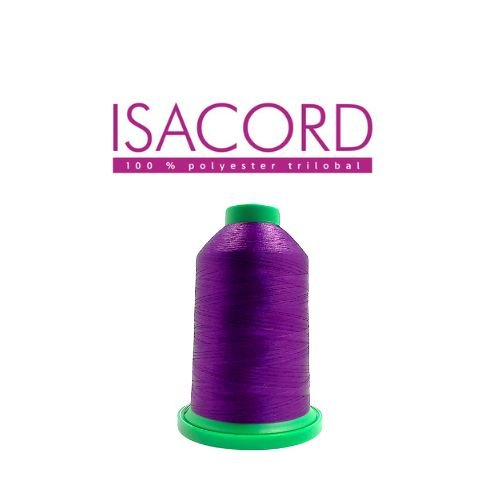Trademark Application Class 23 Yarns and Threads in the Textile Industry
In this blog we aim to provide a detailed overview of Class 23 in the Trademark Classification process. Choosing the right trademark class is important for successful trademark use. Sometimes the application falls into more than one category, providing better protection. That’s why choosing the right class is so important—it reinforces the effectiveness of the entire application process.
Trademark Class 23 Overview
The textile industry, a cornerstone of global manufacturing, thrives on the diversity and quality of its fundamental materials: yarns and threads. These materials, categorized under Class 23, are pivotal in weaving the very fabric of our daily lives. From the clothes we wear to the furnishings that decorate our homes, yarns and threads play an indispensable role. This guide delves into the significance of Class 23, shedding light on the variety, applications, and innovations within this category, essential for professionals navigating the textile landscape.
Class 23 encompasses a wide range of yarns and threads, primarily focusing on those crafted for textile use. Whether natural or synthetic, these materials are the building blocks of textile production. Understanding Class 23’s scope is crucial for professionals in the industry, as it defines the materials recognized for their textile utility. This classification not only aids in standardizing textile production but also in guiding the selection of materials for specific textile applications.
The Variety within Class 23
The diversity within Class 23 is vast, encompassing:
- Fiberglass, Elastic, Rubber, and Plastic Threads: These synthetic threads offer unique properties, such as durability and elasticity, making them suitable for specific textile applications that require resilience and flexibility.
- Threads for Embroidery, Darning, and Sewing: Including those made of metal, these threads are indispensable for both practical and decorative purposes in textiles, offering versatility in textile repair and embellishment.
- Spun Silk, Cotton, and Wool: Representing the natural segment, these threads are prized for their comfort, warmth, and aesthetic appeal, serving as the foundation for countless textile products.
This variety underlines the adaptability and innovation present in the textile industry, catering to a broad spectrum of needs and preferences.
Exclusions and Their Significance
Class 23, however, has its boundaries. It explicitly excludes threads intended for specific, non-textile applications, such as identification threads for electric wires or surgical threads, highlighting the classification’s focus on textile utility. Moreover, threads are often categorized based on their material composition outside of textile purposes, emphasizing the industry’s material specificity. Understanding these exclusions is vital for professionals to navigate the regulatory and technical aspects of textile production.
Applications and Innovations in Textile Yarns and Threads
The applications of Class 23 yarns and threads are as diverse as their types. From high-fashion garments to technical textiles, these materials enable creativity and functionality to merge in textile design and production. Innovations in this space are constant, with trends leaning towards sustainable and eco-friendly materials. Advances in technology have also paved the way for threads that offer enhanced performance characteristics, such as increased strength and environmental resistance, marking an exciting era of textile innovation.
Brands/Trademarks you Might Know in Class 23:
Brand Name: ISACORD

How can Tradeviser help in your Trademark journey?
We have an awesome in-house team of Trademark professionals who can provide valuable assistance throughout the trademark process. Our Trademark Attorneys can then help prepare and file a trademark application with the relevant trademark office and respond to the office’s actions or objections to the examination. If the trademark is challenged, our attorney can help prepare and present a strong case supporting the application. Finally, once a trademark is registered, our attorney can help monitor and enforce trademark rights to prevent infringement by others. Through our team’s expertise and knowledge of the legal environment, we can help ensure that the trademark registration process goes smoothly and the resulting trademark offers the necessary protection of the symbol or object.
Detailed List of goods Classified under Class 23
1. chenille yarn
2. coir thread and yarn
3. cotton thread and yarn
4. darning thread and yarn
5. elastic thread and yarn for textile use
6. embroidery thread and yarn
7. fibreglass thread for textile use / fiberglass thread for textile use
8. hemp thread and yarn
9. jute thread and yarn
10. linen thread and yarn
11. rayon thread and yarn
12. rubber thread for textile use
13. sewing thread and yarn
14. silk thread and yarn
15. spun cotton
16. spun silk
17. spun thread and yarn
18. spun wool / worsted
19. thread of metal for embroidery
20. threads of plastic materials for textile use
21. woollen thread and yarn
22. yarn* / thread*

With over 35 years of service in the District Court of Odisha, I have witnessed and learned diverse range of cases while developing a deep understanding of the legal system. Having retired from my previous position, I now utilize my expertise to assist businesses and SMEs in managing and navigating matters related to Intellectual Property Rights and Tax Law.

